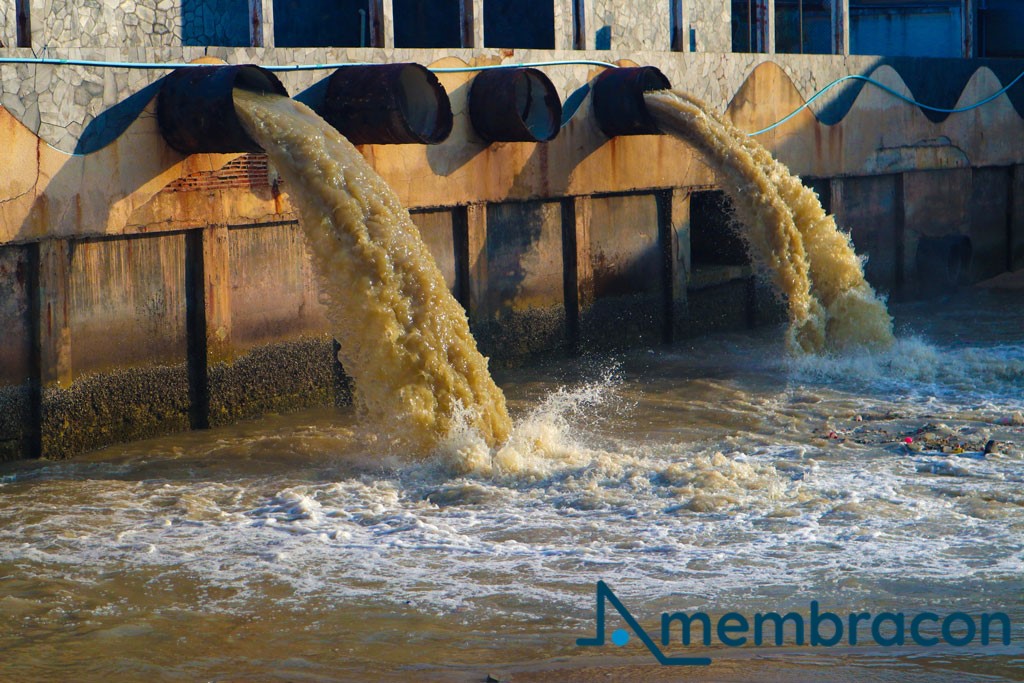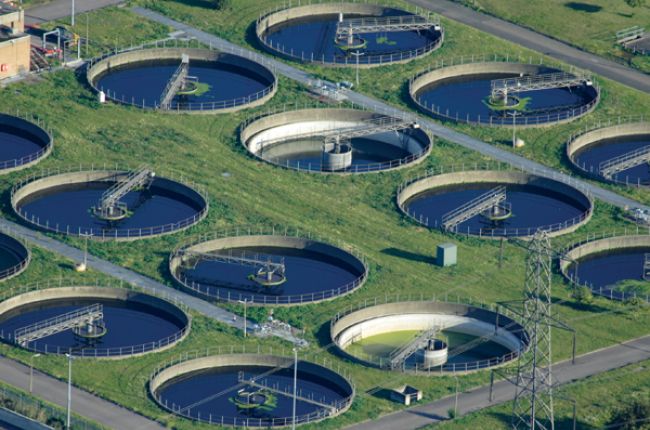Comprehensive Overview to Industrial Waste Water Treatment Processes
Comprehensive Overview to Industrial Waste Water Treatment Processes
Blog Article
Strategic Approaches to Improve Waste Water Therapy Efficiency and Reduce Ecological Influence
In the realm of waste water therapy, the mission for boosted performance and reduced environmental impact is a perpetual difficulty that requires calculated remedies. As culture faces the vital to handle water sources sustainably, a nuanced technique ends up being crucial. The assimilation of innovative therapy technologies, energy-efficient processes, resource recuperation approaches, boosted nutrient removal methods, and wise tracking and control systems represents a multifaceted framework for addressing these pressing problems. What exists at the core of this facility web of techniques is the potential to change the method we approach waste water therapy, not simply as a process of disposal, however as a useful opportunity for technology and ecological stewardship.
Advanced Therapy Technologies
Sophisticated membrane filtration systems have actually reinvented advanced wastewater therapy processes, substantially enhancing the removal of contaminants. These ingenious systems operate by forcing water through a semi-permeable membrane layer, successfully separating contaminations from the water stream. The membrane's microscopic pores catch pollutants such as bacteria, viruses, and put on hold solids, permitting only detoxified water to pass through. This modern technology has confirmed to be highly efficient in getting rid of a large range of contaminants, consisting of pharmaceuticals, heavy steels, and natural compounds, which are commonly challenging to get rid of through typical therapy approaches.
Moreover, membrane layer filtration systems supply many advantages over traditional treatment strategies. Furthermore, these systems are highly flexible and can be easily incorporated into existing therapy plants or used as standalone devices for decentralized applications.
Energy-Efficient Processes
The integration of energy-efficient processes in wastewater therapy systems is crucial for enhancing resource usage and reducing operational costs. One vital strategy to improving energy effectiveness in wastewater therapy is the usage of sophisticated oygenation systems, such as great bubble diffusers or surface area aerators, which can boost oxygen transfer performance and lower power intake.
Furthermore, optimizing process control and automation through the use of sophisticated sensing units and monitoring systems can improve general power effectiveness by readjusting procedures in real-time based on actual demand and problems. Applying energy audits and routinely monitoring energy efficiency indications are essential methods to determine locations for enhancement and track energy-saving efforts efficiently. In general, the adoption of energy-efficient procedures in wastewater therapy not just profits the atmosphere however likewise contributes to long-term cost financial savings and functional sustainability.
Resource Recovery Approaches
With a concentrate on maximizing resource utilization and sustainability in wastewater therapy systems, the application of resource recovery strategies arises as a pivotal facet in boosting functional effectiveness. Resource recovery approaches in wastewater therapy include the recognition and removal of useful sources from the waste stream, therefore transforming what was once thought about waste into a useful property. By executing source healing methods such as nutrient removal and recovery, power generation from raw material, and the production of multiple-use water, wastewater treatment plants can decrease environmental influence while maximizing performance.

Improved Nutrient Removal Strategies
Applying innovative nutrient elimination methods is necessary for enhancing the effectiveness of wastewater treatment systems. Enhanced nutrient removal plays an essential function in lessening the ecological impact of treated effluent released right into water bodies. One of the essential methods utilized for improved nutrient removal is the process of organic nutrient elimination (BNR), which entails the elimination of nitrogen and phosphorus through biological processes. This can be attained via using specialized microbes that can convert nitrogen substances right into inert nitrogen gas through denitrification, and collect phosphorus within their cells through a procedure called enhanced organic phosphorus home removal (EBPR)

In enhancement to BNR, advanced therapy methods such as membrane bioreactors (MBRs) and built wetlands can likewise be used to enhance nutrient removal performance. MBRs use membrane layers to achieve high-quality effluent requirements by properly removing nutrients and put on hold solids. Built marshes resemble all-natural wetland procedures to remove nutrients through plant uptake, microbial task, and sedimentation. By including these advanced nutrient removal methods right into wastewater therapy systems, sectors and communities can efficiently minimize nutrient air pollution and shield the setting.
Smart Surveillance and Control Solution
Utilizing advanced technology, the integration of clever tracking and control systems revolutionizes the functional effectiveness of wastewater treatment centers. These systems integrate advanced sensing units and information analytics to continuously monitor vital criteria such as pH levels, turbidity, dissolved oxygen, and circulation prices in real-time. By collecting and analyzing this information, operators can obtain useful insights right into the performance of the therapy processes, allowing proactive changes to enhance therapy effectiveness.
Smart monitoring and control systems additionally support remote surveillance capabilities, allowing drivers to gain access to real-time information and control features from off-site areas. This remote access improves functional flexibility and responsiveness, allowing speedy interventions in situation of system breakdowns or fluctuations in influent high quality. Furthermore, the predictive upkeep capacities of these systems help stop tools failures and lessen downtime, inevitably improving the general integrity of wastewater treatment operations (Waste Water Treatment).
Conclusion
Finally, critical strategies such as innovative therapy modern technologies, energy-efficient processes, resource recovery techniques, improved nutrient removal methods, and wise tracking and control systems play a crucial role in enhancing wastewater treatment efficiency and reducing environmental impact. By executing these methods, wastewater treatment plants can improve their overall performance, reduce energy consumption, recover valuable resources, and ensure compliance with environmental regulations. These approaches are original site important for sustainable and effective wastewater monitoring practices.

In final thought, calculated techniques such as advanced therapy innovations, energy-efficient processes, resource recuperation techniques, improved nutrient elimination techniques, and wise surveillance and control systems play a critical role in improving wastewater therapy efficiency and lessening ecological impact.
Report this page